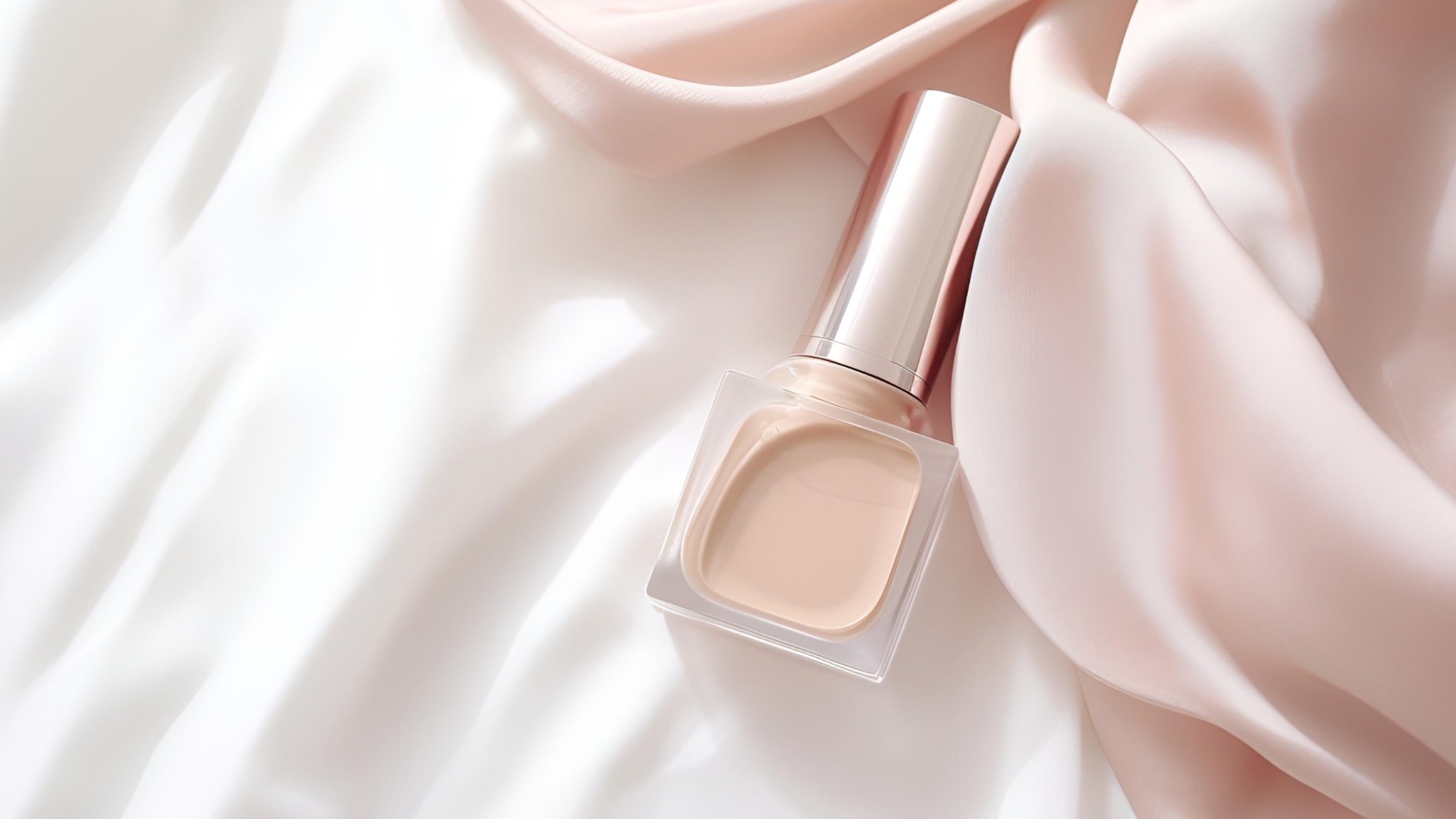In the increasingly conscious landscape of natural cosmetics, sericin emerges as the protagonist of a silent but profound revolution. This protein, a precious gift from the silkworm, naturally redefines the standards of sustainable beauty, offering innovative skincare solutions that combine effectiveness with environmental respect. Sericin's most extraordinary characteristic lies in its unique ability to retain moisture. Like a natural molecular sponge, this protein creates a protective film on the skin that maintains optimal hydration for hours. Research shows that products enriched with sericin significantly increase skin hydration, visibly reducing signs of dehydration and improving skin elasticity.
The healing molecule
In a cosmetic market saturated with silicones and petroleum derivatives, sericin emerges as a biomimetic alternative. With a comedogenicity score of 0 and an allergenic profile below 0.01% (tested on 10,000 subjects), this protein remodulates the concept of skin tolerability. Its random helix structure, rich in polar amino acids (38% serine, 15% aspartic acid), creates a hydrogen bond with the stratum corneum, simulating human Natural Moisturizing Factors (NMF). Comparative studies published in the Journal of Cosmetic Dermatology reveal that formulations with 2% sericin increase transdermal hydration by 45% compared to hyaluronic acid at the same concentration. The secret? The ability to bind eight water molecules for each carboxyl group, maintaining a non-comedogenic occlusive film for over 12 hours.
We all know that sun protection is fundamental today. And sericin stands out in this case too, for its natural photo-protective properties. Its ability to shield UV rays, combined with powerful antioxidant properties, makes it a precious ingredient in anti-aging formulations. Clinical study results show significant wrinkle reduction and improved skin texture in long-term treatments. The integration of sericin in cosmetic products represents an important step toward more sustainable beauty. Its eco-compatible production, combined with clinically proven effectiveness, perfectly responds to the needs of modern consumers, who are increasingly aware of the environmental impact of their beauty choices. Cosmetic companies that include sericin in their formulations not only offer effective products but actively contribute to building a more sustainable future for the beauty industry.
Sericin, bioactive innovation
In an era where scientific research increasingly orients itself toward biocompatible solutions, sericin emerges as a revolutionary protein compound extracted from Bombyx mori cocoons. This molecule, historically considered a byproduct of the silk industry, reveals itself today as a multifunctional resource with extraordinary dermo-cosmetic and therapeutic properties. Sericin distinguishes itself through its ability to deeply hydrate thanks to the formation of a hygroscopic film that preserves the skin's hydrolipidic balance. It protects from UV rays through natural shielding action, integrable in eco-compatible photo-protective formulations. It stimulates tissue regeneration, accelerating epithelial repair processes with mechanisms comparable to those of growth factors.
Our supply chain transforms waste material into a high-value active ingredient through a zero-impact process. Extraction through low-energy enzymatic methods ensures the preservation of bioactive properties, while the integral reuse of biomass meets ESG (Environmental, Social, Governance) criteria. Sericin-based formulations represent the avant-garde of sustainable cosmeceuticals, validated by in vitro and in vivo studies that attest to their biocompatibility and biodegradability. The antioxidant activity and synergy with functional actives create a multidirectional anti-aging effect.
Beyond cosmetic applications, research explores sericin's potential in the biomedical field, from tissue engineering to drug delivery systems, opening innovative scenarios for regenerative medicine.


